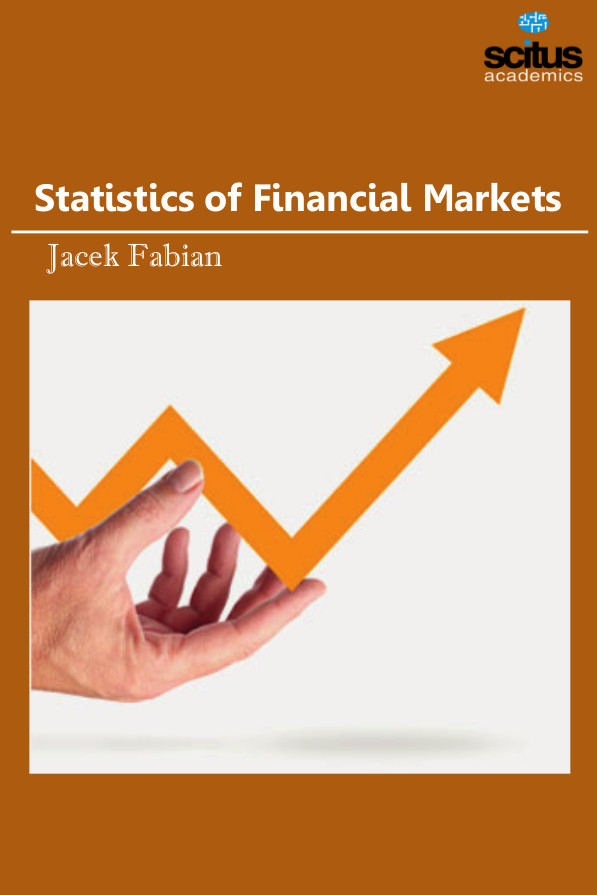Statistics is used every day in business. It can be used for quality assurance, financial analysis, production and operations, and many other business areas. Until about the 1970s, financial mathematics has been rather modest compared with other mathematical disciplines. This changed rapidly after the path-breaking works of F. Black, M. Scholes, and R. Merton on derivative pricing, for which they received the Nobel prize of economics in 1997. Since 1973, the publication year of the famous Black and Scholes article, the importance of derivative instruments in financial markets has not ceased to grow. Higher risks associated with, for example, flexible instead of fixed exchange rates after the fall of the Bretton Woods system required a risk management and the use of hedging instruments for internationally active companies. More recently, globalization and the increasingly complex dependence of financial markets are reasons for using sophisticated mathematical and statistical methods and models to evaluate risks. As a result, there is an increasing demand for experts in financial engineering, who control risks internally, search for profitable investment opportunities and guarantee the obligations of legislation. In the future, such risk management is likely to become obligatory for other, deregulated markets such as telecommunication and energy markets. Being aware of the increasing price, volume, and credit risks in these markets, large companies usually have already created new departments dealing with asset and liability management as well as risk management.
Statistics of Financial Markets offers a vivid yet concise introduction to the growing field of statistical applications in finance. The focus is both on fundamentals of mathematical finance and financial time series analysis and on applications to given problems of financial markets, making the book the ideal basis for lectures, researchers, and practitioners.













